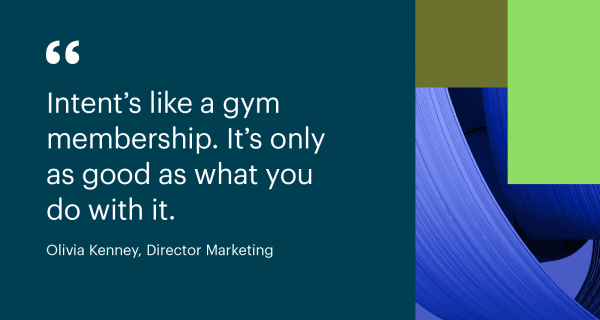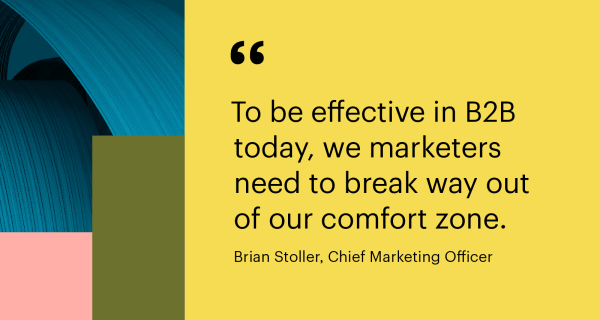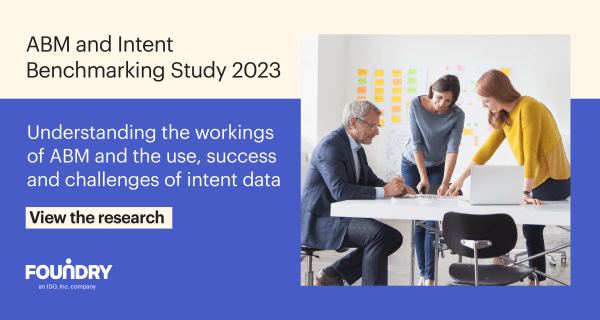Of all the marketing jargon, one of the most common is the concept of the funnel. Enticing audiences with awareness, then consideration, and finally conversion. The problem is, buying almost never starts at “step one”, and it doesn’t follow steps two or three in order either.
This is due to a number of factors. Buying teams have different priorities and challenges they’re aiming to solve based on their unique business needs. These teams are also complex, made up of team members with various investment levels in what they choose to buy. The end user, the legal team, and the CTO likely all have different priorities and needs. As much as organizations’ buying teams have different processes for buying, the over 25 members of the buying committee do too.
This is all made increasingly complex because of the often-forgotten factor: these buyers are real people. People who make decisions based on their own built-in loyalties, opinions, experiences, relationships, preferences, and pet peeves.
This is why segmenting audiences or defining leads as “top-of-funnel,” aka TOFU, misses the mark. It creates a linear pathway for a non-linear journey.
Most people don’t identify a need for a large tech purchase by seeing a blog post. It’s typically triggered by one of two things: a problem or an opportunity. Maybe they’re about to sign a new flagship client, compliance laws are changing, they’re expanding a team, or they’ve outgrown an old tool. When that happens, the first move isn’t typically to read top-of-funnel blogs, click on a broad ad, or start replying to email marketing out of the blue. Instead, first, they search. They check sources they trust, go to review sites, ask peers, talk to their team, look into hiring, and research best practices.
When TOFU content does point out a need, “step one” still doesn’t really happen the way we assume because of the relationships and brand equity already built by tools used in the past, opinions of colleagues or peers, and the industry giants who dominate their spaces.
The risk of this funnel-based mindset is two-fold. On the one hand, it creates an artificial blind spot, causing you to potentially miss in-market buyers who just aren’t buying in the typical linear flow we’ve all marketed with before. On the other hand, you could be spending time and resources on people who aren’t actually looking to buy. Maybe they were casually consuming content, looking for a specific stat, or just browsing for inspo. If those “top-of-funnel” actions trigger retargeting and nurture streams without checking for context, you could be putting your eggs in the wrong basket.
Moral of the story? TOFU is great for a bowl of Pad Thai, but not so great for your marketing strategy. There’s no “step 1” to buying. So, there can’t be a generic step 1 to marketing either.
Instead, focus content journeys on the context around buyers’ actions and understand their priorities to reach them with helpful, humanized experiences.
What does this look like in practice?
Stop treating all audience members the same way, sending them on a linear journey from awareness to conversion. Instead, start analyzing and acting on behaviors, tailoring your next step to what your buyers need in that moment. Watch for patterns and performance. From there, you can engage proactively based on each persona’s needs for true buyer-centric marketing built to really help your audience.






